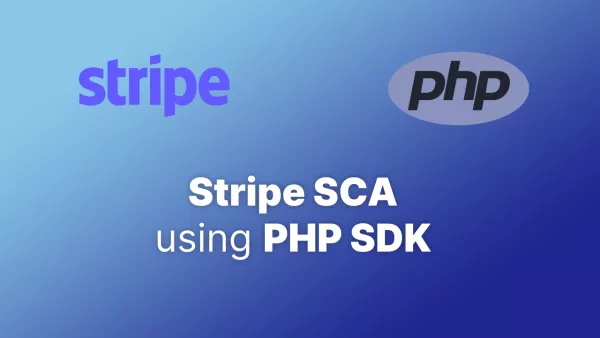In the world of web development, a myriad of libraries and frameworks exists to ease the creation of interactive and dynamic web applications. Among these, HTMX emerges as a powerful yet lightweight tool that grants developers access to high-level browser features directly from HTML. It does so without requiring you to write a significant amount of JavaScript, thereby leading to cleaner and more manageable code.
What is HTMX?
HTMX (HTML Extension for AJAX and more) is a small, innovative library that allows developers to access AJAX, WebSockets, and Server Sent Events directly in HTML, using attributes. It's an effortless way to build modern web applications without having to write extensive JavaScript.
HTMX's strapline is: "high power tools for HTML"
Features of HTMX
- Straightforward Syntax: HTMX employs a simple syntax, making it accessible to developers with varying levels of expertise.
- Lightweight: It is extremely lightweight, ensuring that it doesn't impact your website's performance.
- Extensible: Developers can easily extend HTMX, allowing it to work seamlessly with other libraries and frameworks.
- Compatibility: HTMX is compatible with a range of modern browsers, ensuring your applications are accessible to a wide audience.
Getting Started with HTMX
To start using HTMX, you simply need to add it to your project. Below is a guide to doing this.
Adding HTMX to Your Project
Include the following script in the head of your HTML file:
<script src="https://unpkg.com/htmx.org"></script>
By doing this, you have access to all the features that HTMX provides.
You can also install via npm:
npm install htmx
There are other methods available on the HMTX docs.
Basic Usage
Consider a scenario where you have a button, and you want to load content into a div when this button is clicked without refreshing the page. Here's how you can do this with HTMX:
<div hx-get="/url/to/get/content" hx-trigger="click" hx-target="#targetDiv">
<button>Click Me!</button>
</div>
<div id="targetDiv"></div>
In the above example:
-
hx-getspecifies the URL to fetch the content. -
hx-triggerindicates the action that will trigger the fetch (a button click in this case). -
hx-targetpoints to thedivwhere the fetched content will be placed.
When the button is clicked, HTMX will make a GET request to the specified URL and place the resulting content into the targetDiv.
Benefits of Using HTMX
- Reduced JavaScript: HTMX significantly cuts down the amount of JavaScript you need to write for creating dynamic content, leading to faster development cycles.
- Enhanced Performance: With its lightweight nature, HTMX ensures that your web applications remain fast and responsive.
- Simplicity: The library's straightforward syntax makes it easy for developers to create complex features with ease.
- Easy Integration: HTMX can be seamlessly integrated into existing projects, allowing you to enhance your web applications without a complete overhaul.
In essence, HTMX is a robust tool that allows developers to harness the power of modern web features without the complexity of writing extensive JavaScript. Its ease of use, compatibility, and extensibility make it a valuable addition to your web development toolkit, enabling you to build efficient, dynamic, and interactive web applications with ease.
Interested in proving your knowledge of this topic? Take the JavaScript Fundamentals certification.
JavaScript Fundamentals
Showcase your knowledge of JavaScript in this exam, featuring questions on the language, syntax and features.
$99



